Home>Articles>How Might An Electric Motor Be Used In A Washing Machine
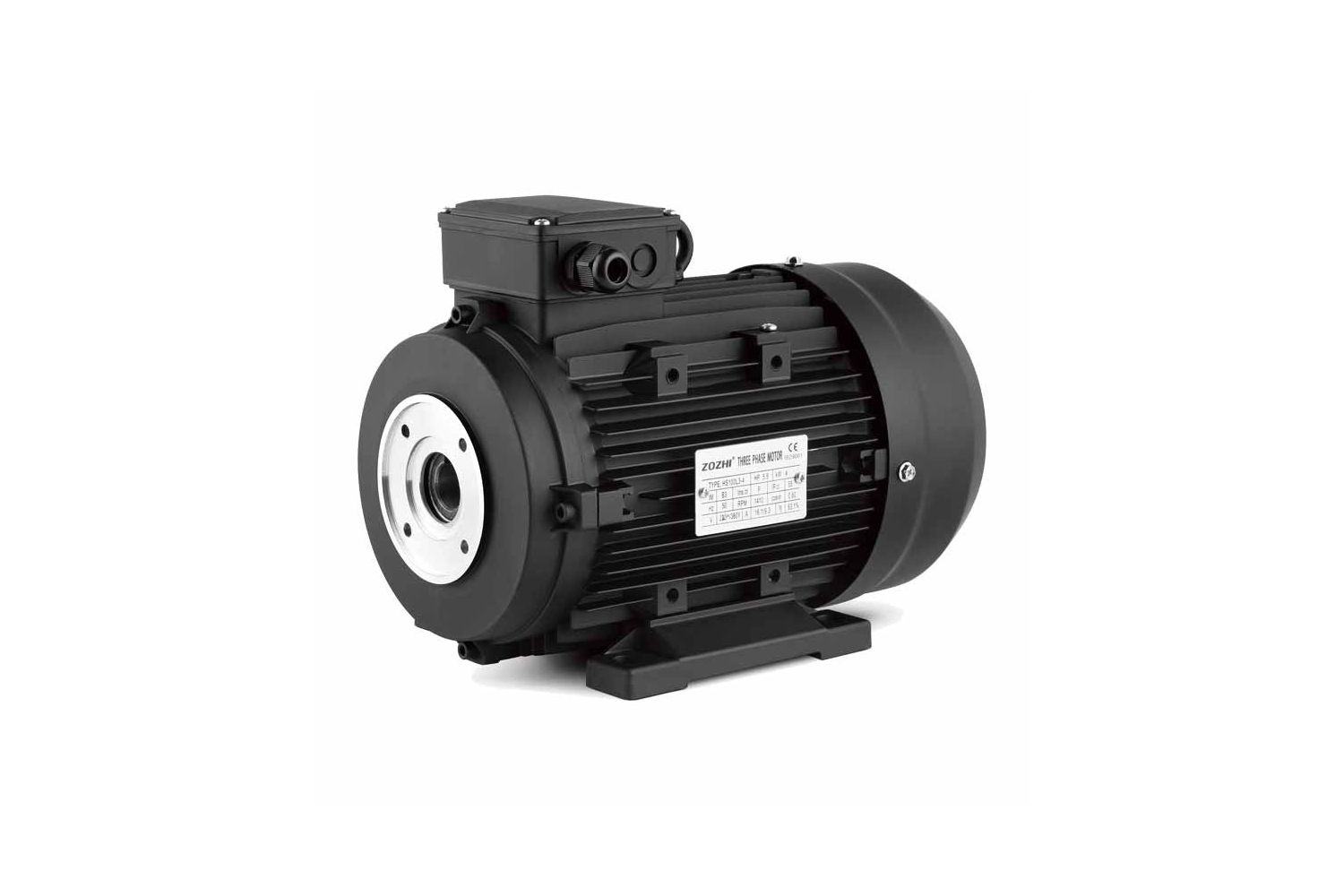

Articles
How Might An Electric Motor Be Used In A Washing Machine
Modified: January 21, 2024
Discover how electric motors play a vital role in washing machines. Explore this informative article on the various uses and benefits of electric motors in modern laundry appliances.
(Many of the links in this article redirect to a specific reviewed product. Your purchase of these products through affiliate links helps to generate commission for Storables.com, at no extra cost. Learn more)
Introduction
Welcome to the world of electric motors and their fascinating applications in household appliances. In this article, we will explore how electric motors have revolutionized the functionality of washing machines, making our lives easier and more convenient.
An electric motor is a device that converts electrical energy into mechanical energy, allowing for the rotation and movement of various components. While they have been used in a wide range of industries for decades, their integration into household appliances has significantly transformed the way we perform everyday tasks.
Washing machines have become indispensable appliances in modern homes, simplifying the process of cleaning clothes. Traditional washing machines relied on manual labor or water pressure for agitation, but the introduction of electric motors has taken this appliance to a whole new level of efficiency and effectiveness.
In this article, we will delve into the history of electric motors in washing machines, discuss the benefits they offer, explore how they work, and touch on the future developments in this field. So, let’s jump right in and explore the exciting world of electric motors in washing machines!
Key Takeaways:
- Electric motors have revolutionized washing machines, offering efficient performance, energy savings, and quiet operation. Their integration has transformed laundry into a convenient and eco-friendly experience.
- The future of electric motors in washing machines holds exciting prospects, including brushless technology, rare-earth magnets, and enhanced sustainability. These innovations will shape smart, efficient, and eco-friendly laundry appliances.
Read more: How To Use Electric Power Washer
Brief Overview of Electric Motors
Before we dive into the specific applications of electric motors in washing machines, let’s take a moment to understand the basic concepts of electric motors. Electric motors are devices that convert electrical energy into mechanical energy, allowing for the movement and rotation of various components.
There are several types of electric motors, each designed for different purposes and applications. Among the most commonly used types are the AC (alternating current) motor and the DC (direct current) motor. AC motors are often found in household appliances, while DC motors are commonly used in tools, vehicles, and industrial machinery.
Electric motors consist of several key components, including the stator, rotor, and commutator or brushes. The stator is the stationary part of the motor and contains the coils of wire that generate a magnetic field. The rotor is the rotating part of the motor and is connected to the shaft to which external devices or machinery can be attached.
The commutator, found in DC motors, allows the current to flow in the coils of the rotor, changing the polarity of the magnetic field in order to create rotation. In AC motors, the magnetic field is created by the alternating current itself, eliminating the need for a commutator.
Electric motors function based on the principles of electromagnetism. When an electric current is passed through the coils of wire in the stator, a magnetic field is created. This magnetic field then interacts with the magnetic field of the rotor, causing it to rotate. The rotation of the rotor is what generates the mechanical energy used to power various devices or machinery.
Electric motors are known for their efficiency, reliability, and versatility. They offer precise control over the speed and torque of rotation and can be easily integrated into different applications. From powering the propulsion systems of electric vehicles to driving the mechanisms in household appliances, electric motors have truly transformed the way we live and work.
With this brief overview of electric motors, we can now explore their specific applications in washing machines and understand the advantages they bring to this essential household appliance.
History of Electric Motors in Washing Machines
The integration of electric motors into washing machines has a rich and fascinating history that spans several decades. Prior to their introduction, washing clothes was a labor-intensive process that required significant time and effort.
In the early 20th century, washing machines started to become more automated with the advent of gas-powered and electric-powered machines. However, these early models still relied on manual labor for the agitation process. The introduction of electric motors in the mid-20th century marked a significant turning point in the evolution of washing machines.
The first electric motors used in washing machines were induction motors. These motors used the principle of electromagnetic induction to generate a rotating magnetic field. This rotating field would then cause the drum of the washing machine to agitate, allowing for the thorough cleaning of clothes.
As technology advanced, washing machines with electric motors became more widespread and affordable. Manufacturers started to experiment with different motor designs and features to improve efficiency and performance. One notable advancement was the introduction of variable-speed electric motors, which allowed for greater control over the speed and intensity of the agitation process.
In the 1980s, the industry witnessed a significant shift with the introduction of direct-drive electric motors. Unlike traditional belt-driven motors, direct-drive motors were more efficient, reducing energy consumption and noise levels. These motors eliminated the need for belts and pulleys, directly connecting the motor to the drum of the washing machine.
Over time, the integration of electric motors in washing machines continued to evolve. Manufacturers focused on improving energy efficiency, reducing noise and vibration, and enhancing the overall performance of the machines. Today, electric motors are an essential component of modern washing machines, enabling efficient and effective cleaning while minimizing energy consumption.
Looking ahead, there are ongoing efforts to further enhance the capabilities of electric motors in washing machines. Advancements in motor technology, such as the use of rare-earth magnets and brushless designs, are being explored to improve efficiency and durability. Additionally, smart technologies and connectivity features are being integrated to enhance user experience and optimize energy usage.
The history of electric motors in washing machines is a testament to the continuous innovation and improvement in household appliances. From manual labor to fully automated machines, the integration of electric motors has revolutionized the way we clean our clothes and made our lives more convenient.
Benefits of Using Electric Motors in Washing Machines
The integration of electric motors in washing machines has brought forth numerous benefits that have greatly enhanced the efficiency, effectiveness, and convenience of this essential household appliance. Let’s explore some of the key advantages offered by electric motors in washing machines:
- Efficient and Consistent Performance: Electric motors provide reliable and consistent performance, ensuring the smooth operation of the washing machine. They offer precise control over speed and torque, allowing for optimal agitation and rinsing cycles.
- Energy Efficiency: Electric motors in washing machines have become increasingly energy-efficient over the years. Advanced motor designs, such as direct-drive systems and brushless technologies, minimize energy loss and reduce overall power consumption.
- Quiet and Vibration-Free: Electric motors in modern washing machines are designed to operate quietly and with minimal vibration. This not only enhances user comfort but also prevents excessive noise and disturbance in the household.
- Improved Cleaning Performance: Electric motors enable different agitation modes, such as variable speed and rotation direction control, which result in better cleaning performance. They ensure that clothes are thoroughly cleaned and rinsed, leaving them fresh and odor-free.
- Durability and Longevity: Electric motors in washing machines are built to be durable and long-lasting. With fewer moving parts and improved construction, they are less prone to wear and tear, reducing the need for frequent repairs or replacements.
- Compact Design: Electric motors are compact and lightweight, allowing for more flexibility in the design of washing machines. This flexibility enables manufacturers to create sleek and space-saving models while maintaining high capacity and functionality.
- Smart Features and Connectivity: With the integration of electric motors, washing machines can now incorporate smart features and connectivity. These include programmable settings, remote control via smartphones, and compatibility with home automation systems, adding convenience and customization options for users.
- Environmentally Friendly: Electric motors contribute to a more eco-friendly washing machine design. Their energy efficiency and reduced power consumption help conserve energy resources and lower carbon emissions.
- User-Friendly Interface: Electric motors in washing machines are often accompanied by user-friendly control interfaces. This makes operating the machine intuitive and hassle-free, allowing users to easily select the desired settings and programs for their laundry needs.
These benefits highlight the significant impact of electric motors in transforming the washing machine into a highly efficient, versatile, and user-friendly appliance. As technology continues to advance, it is evident that electric motors will play a crucial role in driving further innovation in the laundry industry.
How Electric Motors Work in Washing Machines
Electric motors play a crucial role in the functionality of washing machines, powering the various components that are responsible for the movement and agitation of clothes. Let’s dive into the workings of electric motors in washing machines:
When the washing machine is turned on and a washing cycle is selected, the control system activates the electric motor. The motor receives an electrical current, typically alternating current (AC) in most household washing machines.
The electric motor consists of two main parts: the stator and the rotor. The stator is the stationary part of the motor, while the rotor is the rotating part. The stator contains wire coils that generate a magnetic field when an electrical current passes through them.
When the electric current flows through the coils of the stator, it creates a rotating magnetic field. This magnetic field interacts with the permanent magnets located on the rotor, causing the rotor to rotate.
The rotor is directly connected to the drum or agitator of the washing machine. As the rotor rotates, it transfers this rotational motion to the drum or agitator, resulting in the movement and agitation of the clothes inside the washing machine.
In addition to generating rotational motion, the electric motor also allows for variable speed control. The speed of the motor can be adjusted depending on the selected washing cycle and the type of fabric being washed. This versatility allows for gentle washing of delicate fabrics and more vigorous agitation for heavily soiled clothes.
Electric motors in washing machines are designed to provide not only rotational motion but also precise control over speed, torque, and direction. This level of control ensures effective and efficient cleaning, as well as proper rinsing, with optimal water usage.
Furthermore, modern washing machines often incorporate safety features that are dependent on the electric motor. For example, if an excessive load is detected or if there is an imbalance in the drum, the motor may automatically stop or adjust its speed to prevent damage to the machine and ensure user safety.
In summary, electric motors in washing machines are responsible for converting electrical energy into mechanical energy, which powers the movement, agitation, and rotation of the drum or agitator. Their precise control and variable speed capabilities make them an essential component in the efficient operation of washing machines.
An electric motor in a washing machine is used to power the drum’s rotation and the water pump. It is essential for the washing and rinsing cycles, so ensure it is well-maintained for optimal performance.
Components and Functioning of Electric Motors in Washing Machines
The electric motors used in washing machines are composed of several key components that work together to provide efficient and reliable operation. Let’s explore the main components and their functioning:
- Stator: The stator is the stationary part of the electric motor and is typically made up of multiple coils of wire, known as windings. These windings are wrapped around a laminated iron core, creating an electromagnet. When an electric current flows through the windings, a magnetic field is generated.
- Rotor: The rotor is the rotating part of the electric motor and is usually made up of a laminated iron core with permanent magnets attached. The rotor sits inside the stator and is connected to the drum or agitator of the washing machine. When the magnetic field of the stator interacts with the permanent magnets on the rotor, it causes the rotor to rotate.
- Commutator or Brushes: In some types of electric motors, such as brushed DC motors, a commutator or brushes are used to control the flow of current in the rotor windings. The commutator consists of metal segments attached to the rotor shaft and is in contact with the stationary brushes. As the rotor rotates, the brushes maintain contact with the commutator, allowing the current to flow in the appropriate direction.
- Shaft: The shaft is a crucial component that connects the rotor to the drum or agitator of the washing machine. It transmits the rotational motion from the rotor to the drum, enabling the movement and agitation of the clothes during the washing process.
- Bearings: Bearings are used to support the rotating shaft and minimize friction. They ensure smooth rotation and help extend the lifespan of the motor by reducing wear and tear on the components.
- Control System: The control system of the washing machine sends electrical signals to the electric motor, regulating its speed, direction, and other parameters. It enables the user to choose different washing cycles and settings, controlling the operation of the motor accordingly.
The functioning of an electric motor in a washing machine is relatively straightforward. When the washing machine is turned on and a washing cycle is initiated, an electrical current is supplied to the windings of the stator. This current generates a rotating magnetic field, which interacts with the permanent magnets on the rotor. As a result, the rotor starts to rotate, transferring this motion to the connected drum or agitator.
The control system of the washing machine regulates the speed and other parameters of the motor, depending on the selected washing cycle. This allows for different levels of agitation, rotation, and water movement during the washing process, ensuring effective cleaning while minimizing energy consumption.
With their precise control, durability, and efficiency, electric motors in washing machines are essential components that enable the smooth functioning of this indispensable household appliance. Their capability to provide reliable and consistent rotational motion ensures thorough cleaning of clothes, making our laundry tasks much more convenient and efficient.
Energy Efficiency of Electric Motors in Washing Machines
The integration of electric motors in washing machines has brought significant improvements in energy efficiency, making them more environmentally friendly and cost-effective to operate. Let’s explore the factors that contribute to the energy efficiency of electric motors in washing machines:
- Motor Design: Advancements in motor design have greatly contributed to the energy efficiency of washing machines. Modern electric motors are designed to reduce energy loss and maximize the conversion of electrical energy into mechanical energy. Features such as improved winding materials, optimized rotor designs, and reduced friction help minimize energy waste during operation.
- Direct Drive Systems: Direct drive systems, which eliminate the need for belts and pulleys, have improved energy efficiency in washing machines. With direct drive technology, the electric motor is directly connected to the drum, reducing energy loss that would occur in the traditional belt-driven design.
- Variable Speed Control: Electric motors in washing machines offer variable speed control, allowing for optimal power usage based on the selected washing cycle. By adjusting the motor speed to match the specific requirements of the load, energy consumption can be minimized. For example, gentler fabrics may require lower agitation speeds, conserving energy without compromising cleaning performance.
- Sensor Technology: Many modern washing machines incorporate sensor technology to detect the load size and adjust the motor operation accordingly. This enables the motor to optimize energy usage based on the amount of laundry being washed, preventing unnecessary energy consumption for smaller loads.
- Improved Insulation: Electric motors in washing machines are now better insulated to minimize heat loss and increase overall efficiency. Enhanced insulation helps to reduce energy wastage by preventing heat dissipation and maintaining a stable operating temperature, resulting in improved motor performance.
- Energy Star Ratings: Energy Star ratings are clear indicators of the energy efficiency of washing machines. These ratings are awarded to appliances that meet specific energy-saving criteria set by regulatory bodies. Consumers can choose washing machines with higher Energy Star ratings to ensure optimal energy efficiency and lower energy costs.
By embracing these energy-saving features and technologies, washing machines with electric motors have become significantly more efficient. This not only benefits the environment but also reduces energy consumption, leading to lower utility bills for users.
Furthermore, the energy efficiency of electric motors in washing machines complements the increasingly eco-conscious lifestyles of consumers. With reduced energy consumption, we can significantly reduce carbon emissions and our environmental impact.
Manufacturers recognize the importance of energy efficiency, and ongoing research and innovation are focused on improving motor designs and optimizing energy usage. This commitment to energy efficiency ensures that washing machines with electric motors will continue to deliver both effective cleaning and reduced energy consumption.
In summary, the integration of electric motors in washing machines has played a crucial role in improving energy efficiency. Through enhanced motor designs, direct drive systems, variable speed control, sensor technology, improved insulation, and energy-saving certifications, these motors contribute to significant energy savings while maintaining optimal cleaning performance.
Comparison of Electric Motors to Traditional Washing Machine Designs
The introduction of electric motors in washing machines has revolutionized the performance, efficiency, and convenience of this household appliance. Let’s compare electric motors to traditional washing machine designs to understand the advantages they bring:
- Mechanical Agitation vs. Electric Agitation: In traditional washing machine designs, mechanical agitation was the norm. This method required manual effort or the use of water pressure to agitate the clothes. Electric motors have replaced this labor-intensive process with efficient and consistent electric agitation, resulting in more thorough and effective cleaning.
- Belt-Driven Systems vs. Direct Drive Systems: Traditional washing machines often relied on belt-driven systems to transfer power from the motor to the drum or agitator. These systems introduced energy losses and required regular maintenance. Electric motors in modern washing machines utilize direct drive systems, eliminating belts and pulleys and reducing energy loss, noise, and maintenance requirements.
- Fixed Speed vs. Variable Speed Control: Traditional washing machines typically operated at a fixed speed, offering limited control over the agitation process. Electric motors provide variable speed control, allowing users to adjust the speed and intensity of the agitation based on the type and condition of the laundry. This flexibility ensures more efficient cleaning while minimizing energy usage.
- Higher Energy Consumption vs. Energy Efficiency: Traditional washing machines often consumed higher amounts of energy due to inefficient designs and limited control over the agitation process. Electric motors in modern washing machines are designed for optimal energy efficiency, reducing power consumption without compromising performance or cleaning effectiveness. This results in cost savings for users and a reduced environmental footprint.
- Less Control over Agitation vs. User-Friendly Interfaces: Traditional washing machines offered limited control and customization options for the agitation process. Electric motors, combined with user-friendly control interfaces, allow users to select different washing cycles and adjust settings according to their specific needs. This level of control ensures efficient and tailored cleaning for a variety of fabrics and laundry requirements.
- Noisy and Vibration-Prone vs. Quiet and Stable Operation: Traditional washing machines powered by older motor designs were often noisy and prone to excessive vibrations. Electric motors in modern washing machines are designed to minimize noise and vibration, providing a quieter and more stable operation. This enhances user comfort and reduces disturbances in the household.
- Limited Lifespan vs. Improved Durability: Traditional washing machines with outdated motor designs often had a limited lifespan, requiring frequent repairs or replacements. Electric motors in modern washing machines are built to be durable and long-lasting, reducing the need for costly repairs and providing users with a reliable and efficient appliance.
The comparison above clearly demonstrates the significant advantages offered by electric motors in washing machines. From improved energy efficiency and variable speed control to quieter operation and enhanced durability, electric motors have transformed the performance and convenience of washing machines.
As technology continues to advance, we can expect further innovations in electric motor designs, leading to even greater improvements in efficiency, functionality, and sustainability. The integration of electric motors has propelled washing machines into the era of smart appliances, offering customizable features, connectivity options, and enhanced user experiences.
With these advancements, it is clear that electric motors are reshaping the landscape of washing machine designs and revolutionizing the way we clean our clothes.
Future Developments and Innovations in Electric Motors for Washing Machines
The integration of electric motors in washing machines has already transformed the efficiency and functionality of this essential household appliance. As technology continues to advance, electric motors for washing machines will undergo further developments and innovations. Let’s explore some of the exciting possibilities for the future:
- Brushless Motor Technology: Brushless electric motor technology has been gaining traction in various industries, and its application in washing machines is a promising development. Brushless motors eliminate the need for brushes and commutators, resulting in improved efficiency, reduced maintenance, and longer lifespan.
- Rare-Earth Magnets: The use of rare-earth magnets in electric motors offers significant potential for enhanced performance in washing machines. These magnets, such as neodymium or samarium cobalt magnets, are known for their strong magnetic properties, allowing for increased power density and improved efficiency.
- Smart Technologies: The integration of smart technologies in washing machines will continue to evolve, and electric motors will play a crucial role in these advancements. This includes features such as machine learning algorithms that optimize motor operation based on user habits and load detection sensors that automatically adjust motor speed and power consumption accordingly.
- Improved Energy Efficiency: Energy efficiency will remain a key focus in future electric motors for washing machines. Manufacturers will continue to explore ways to reduce energy loss, enhance insulation, and optimize motor designs to maximize energy savings without compromising performance or cleaning effectiveness.
- Noise and Vibration Reduction: Future electric motors for washing machines will further minimize noise and vibration during operation. Advancements in motor design, improved bearing technologies, and vibration damping systems will contribute to quieter and more stable washing machines, enhancing user comfort and reducing disturbances in the household.
- Compact and Space-Saving Designs: Electric motors will continue to facilitate sleek, compact, and space-saving designs for washing machines. Their smaller size and improved efficiency will enable manufacturers to create appliances that fit seamlessly into modern homes without compromising capacity or performance.
- Enhanced Connectivity and Smart Home Integration: Connectivity features and integration with smart home systems will expand, allowing users to control and monitor their washing machine’s operation remotely. Electric motors will enable seamless communication between the machine and various devices, offering convenience, customization, and automation options for users.
- Environmental Sustainability: Electric motors in washing machines will continue to contribute to environmental sustainability. This includes reducing carbon emissions, optimizing resource consumption, and using eco-friendly materials in motor construction. With a focus on sustainability, future motors will align with the global efforts to create a greener and more sustainable planet.
With these future developments and innovations, electric motors for washing machines will continue to push the boundaries of performance, efficiency, and user experience. The combination of advanced motor technologies, smart features, improved energy efficiency, and environmental sustainability will transform the way we approach laundry, making it even more convenient and eco-friendly.
As consumers and manufacturers prioritize energy efficiency, convenience, and sustainability, electric motors will remain at the forefront of washing machine design and will be a key driving force in the evolution of laundry appliances.
It’s an exciting time for the industry, and we can look forward to even more efficient, intelligent, and sustainable washing machines powered by electric motors in the years to come.
Read more: How To Test A Washing Machine Motor
Conclusion
The integration of electric motors in washing machines has transformed the way we approach laundry, making the process more efficient, effective, and convenient. From their humble beginnings in the mid-20th century to the advanced motors of today, electric motors have revolutionized this essential household appliance.
Electric motors have offered a multitude of benefits, including efficient and consistent performance, energy savings, quiet operation, improved cleaning performance, and durability. They have replaced labor-intensive manual agitation with efficient electric agitation, resulting in thorough and effective cleaning of clothes.
Compared to traditional washing machine designs, electric motors have demonstrated superior energy efficiency, thanks to innovations such as direct drive systems, variable speed control, improved insulation, and smart technologies. This not only saves energy and reduces utility costs but also contributes to a more sustainable future.
Furthermore, the future of electric motors in washing machines holds even more exciting prospects. Innovations such as brushless motor technology, rare-earth magnets, smart connectivity, and enhanced environmental sustainability will continue to enhance the performance and user experience.
As the industry focuses on advancements in motor design, noise reduction, compactness, and connectivity, electric motors will remain integral to the development of smart, efficient, and eco-friendly washing machines.
In conclusion, the integration of electric motors in washing machines has ushered in a new era of laundry convenience, offering improved efficiency, energy savings, and advanced features. With ongoing developments and innovations, electric motors will continue to shape the future of washing machines, delivering enhanced performance, sustainability, and user satisfaction.
So, as we embark on the journey of clean and fresh laundry, let us appreciate the remarkable contributions of electric motors in making this everyday task more effortless and environmentally responsible.
Frequently Asked Questions about How Might An Electric Motor Be Used In A Washing Machine
Was this page helpful?
At Storables.com, we guarantee accurate and reliable information. Our content, validated by Expert Board Contributors, is crafted following stringent Editorial Policies. We're committed to providing you with well-researched, expert-backed insights for all your informational needs.

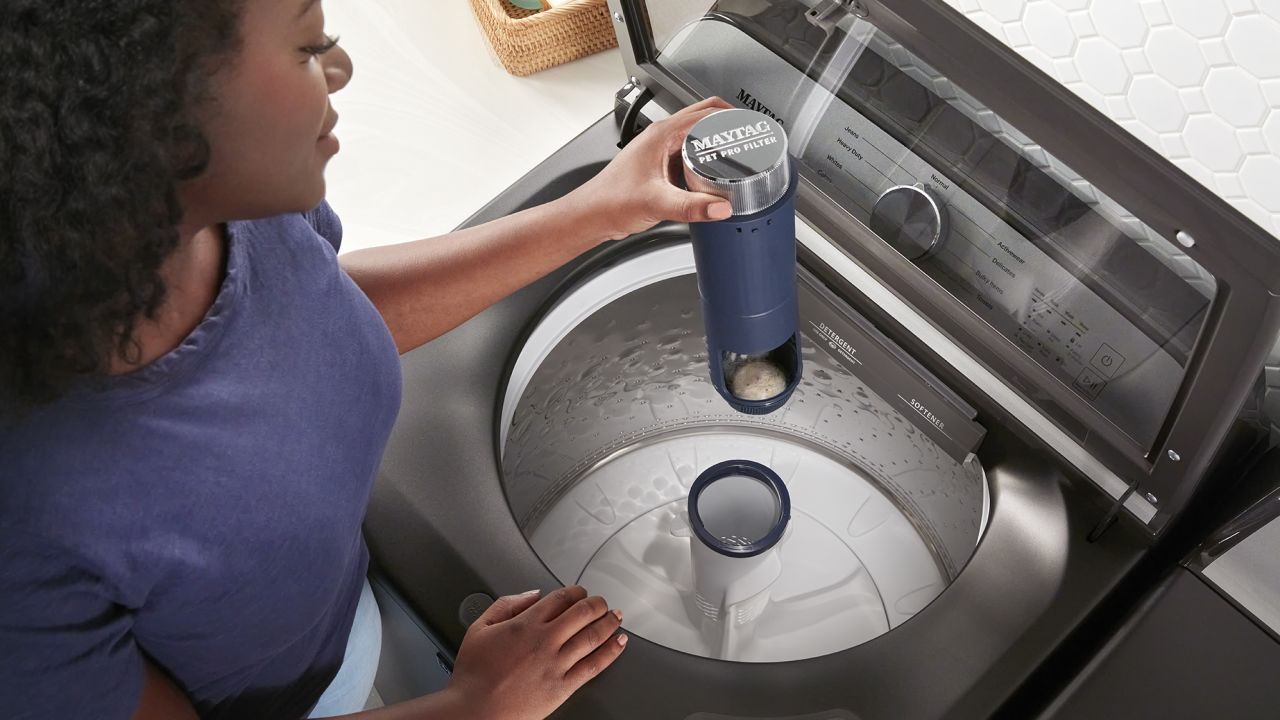
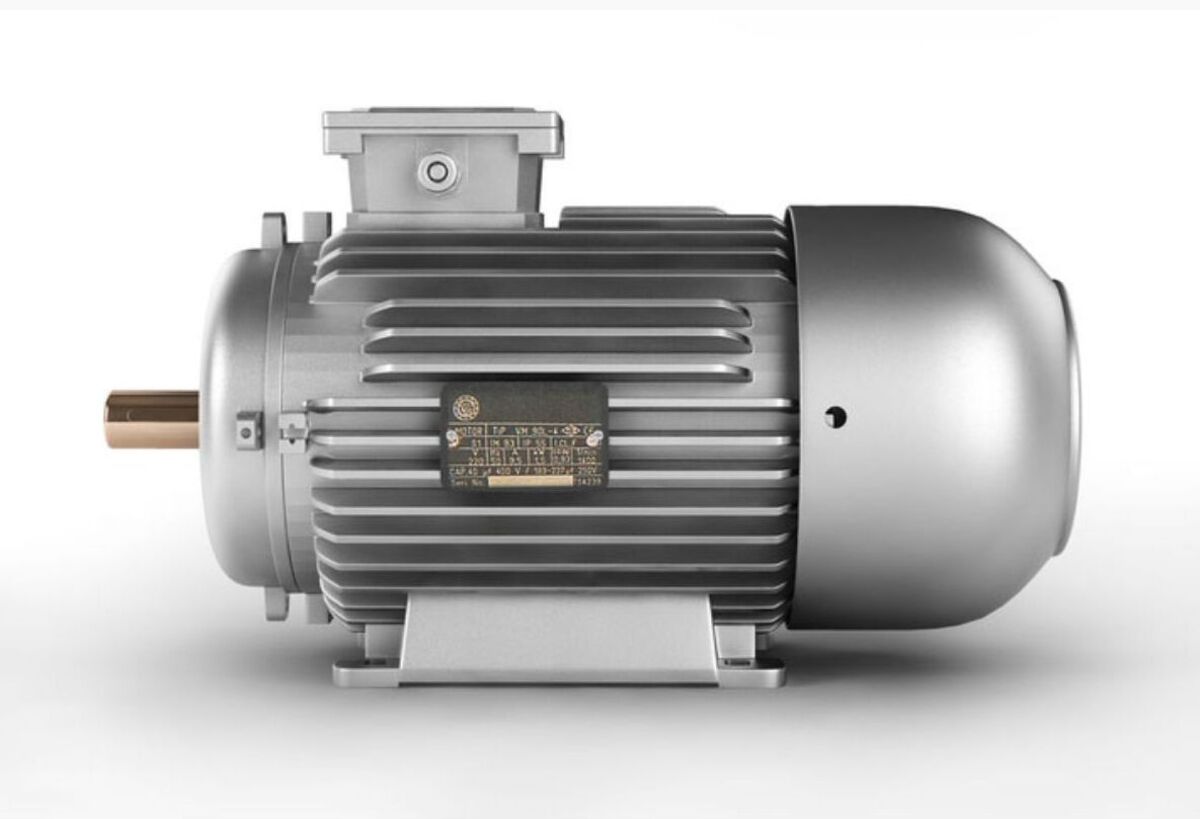

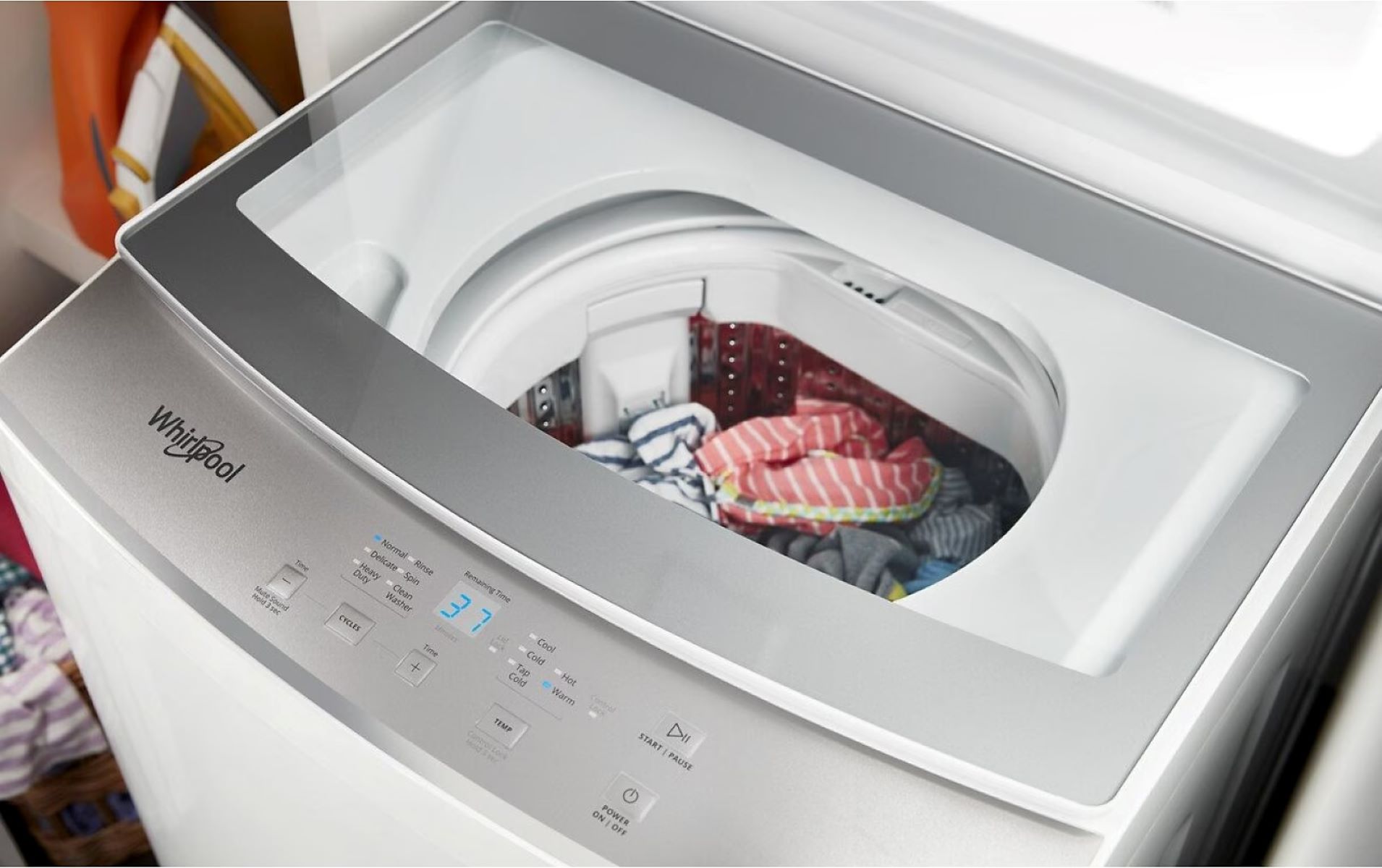
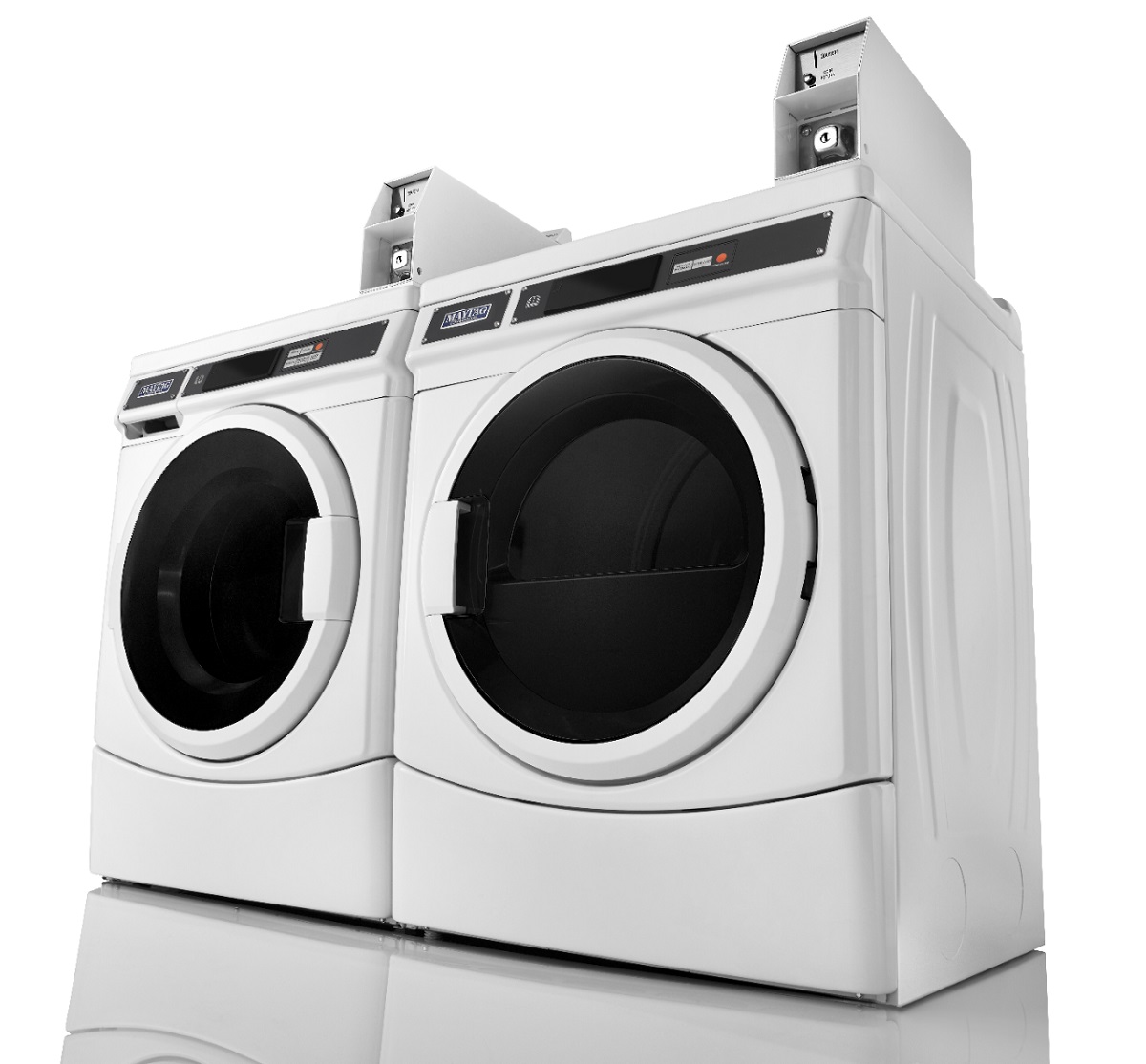
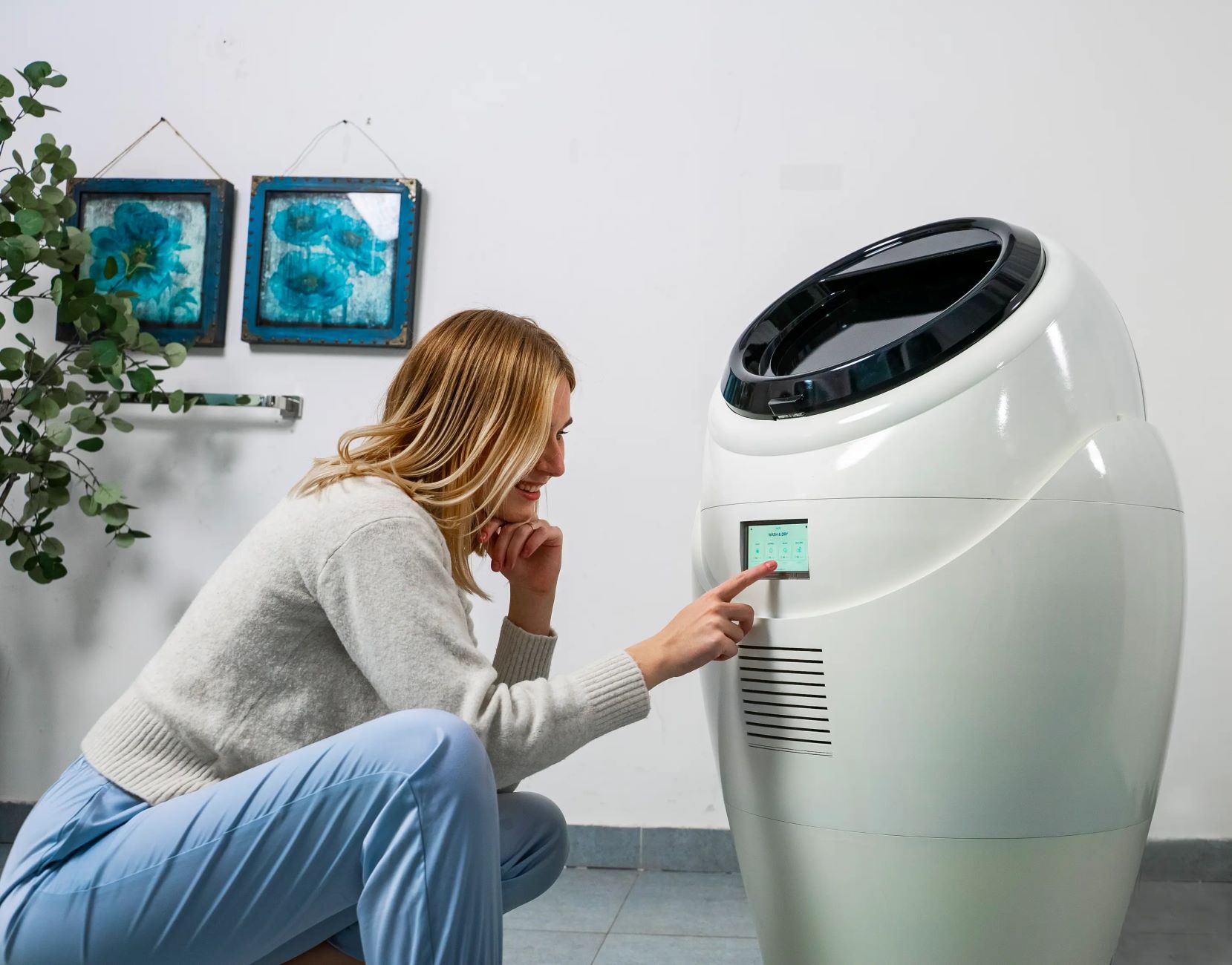
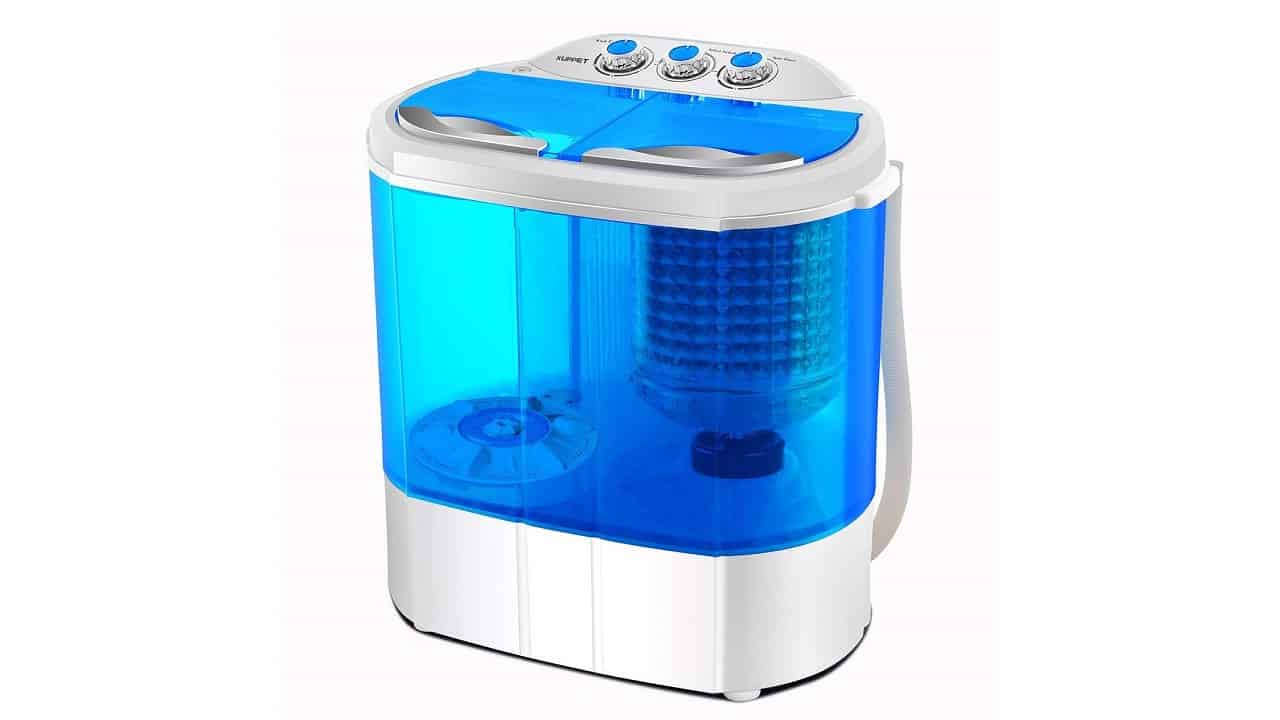
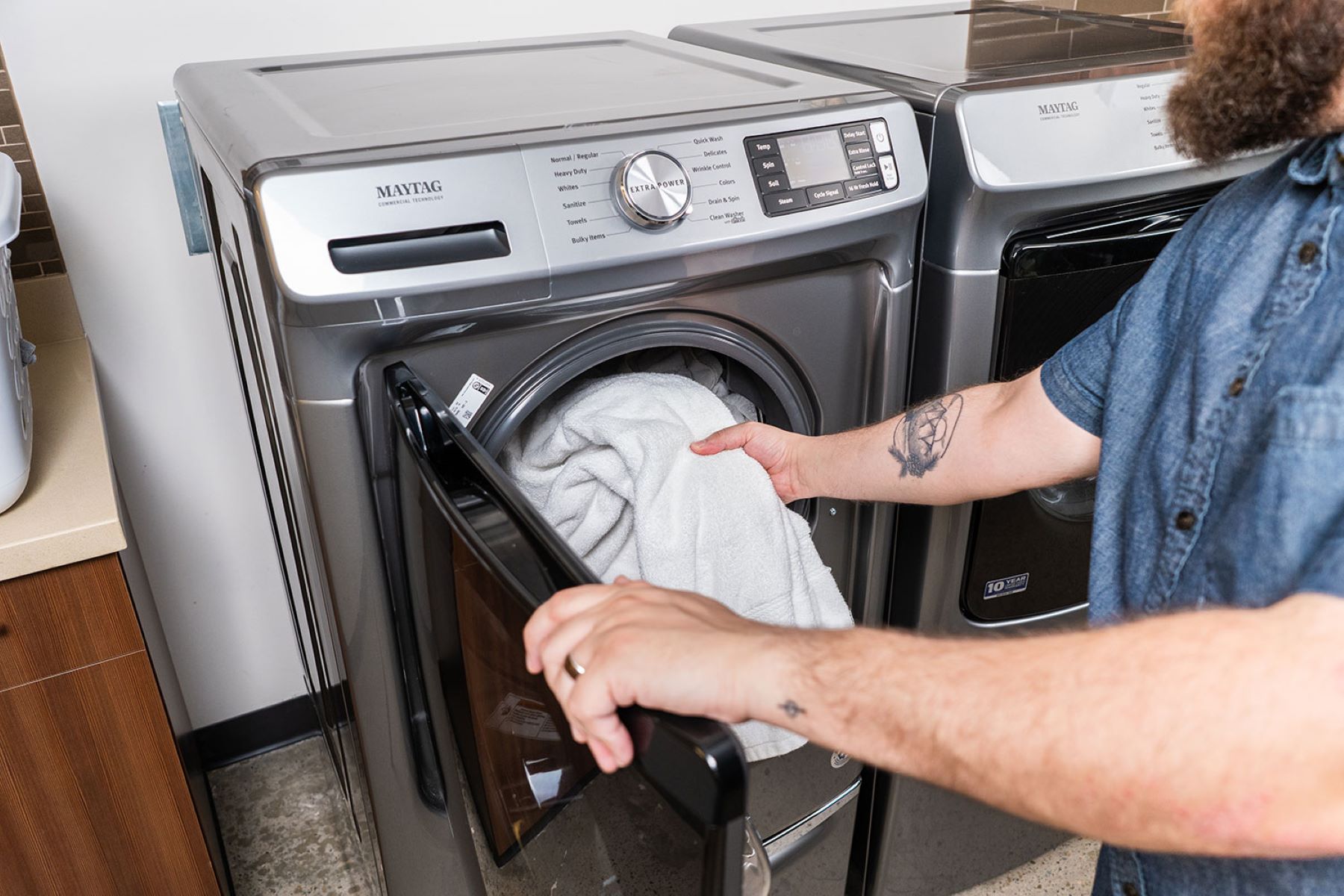
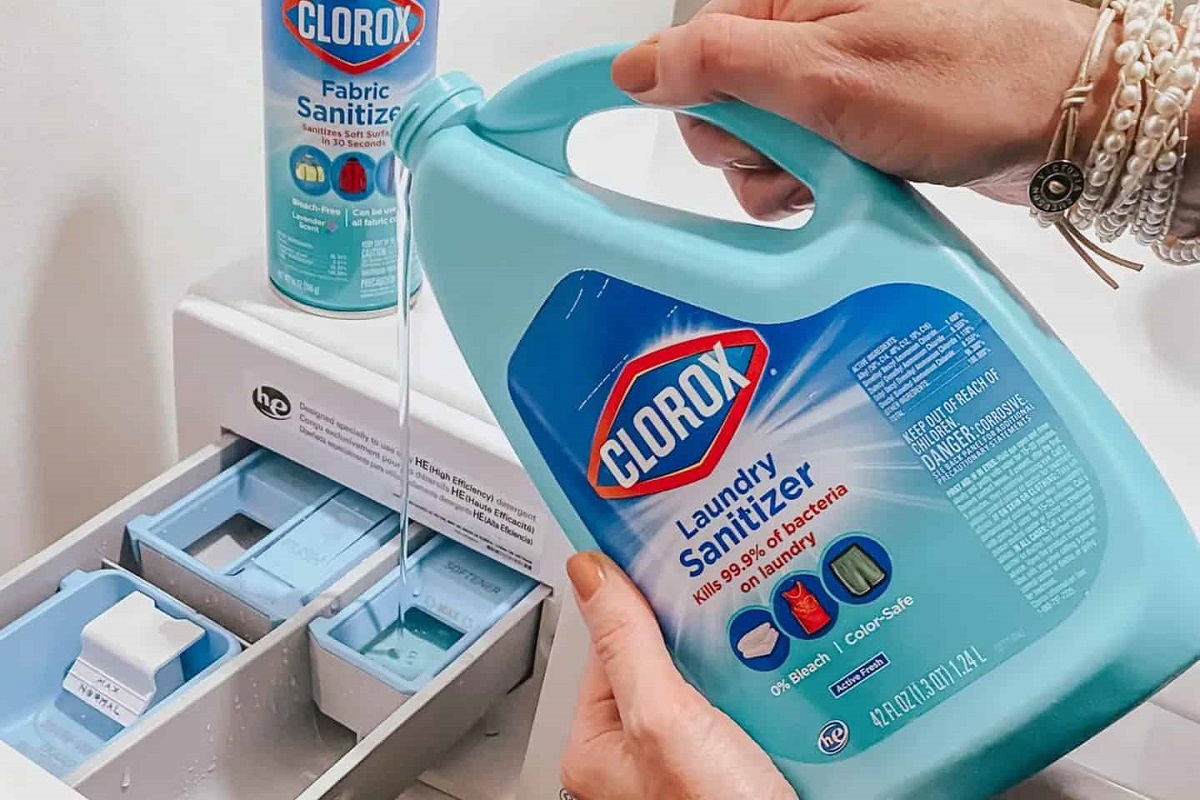

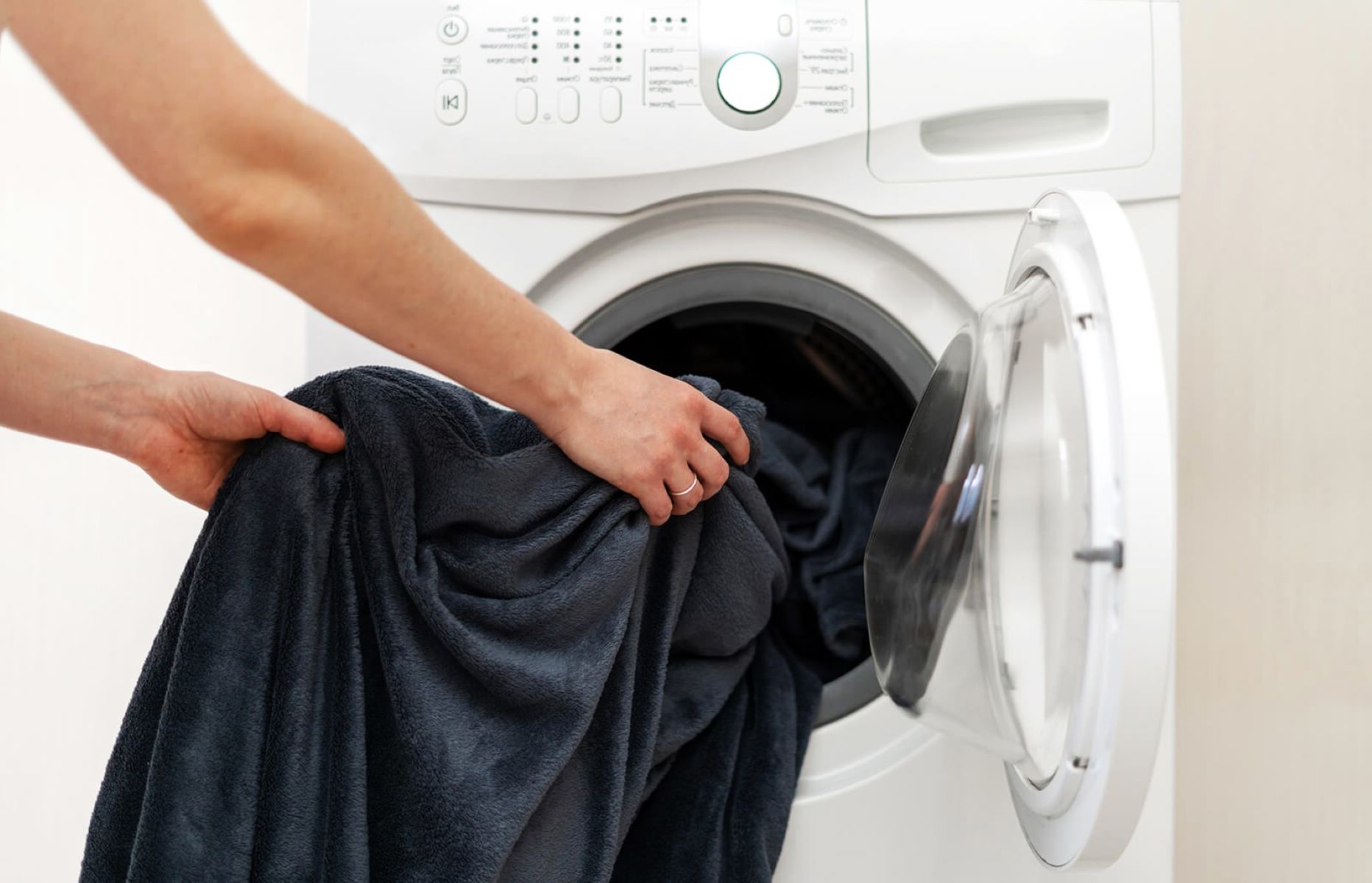
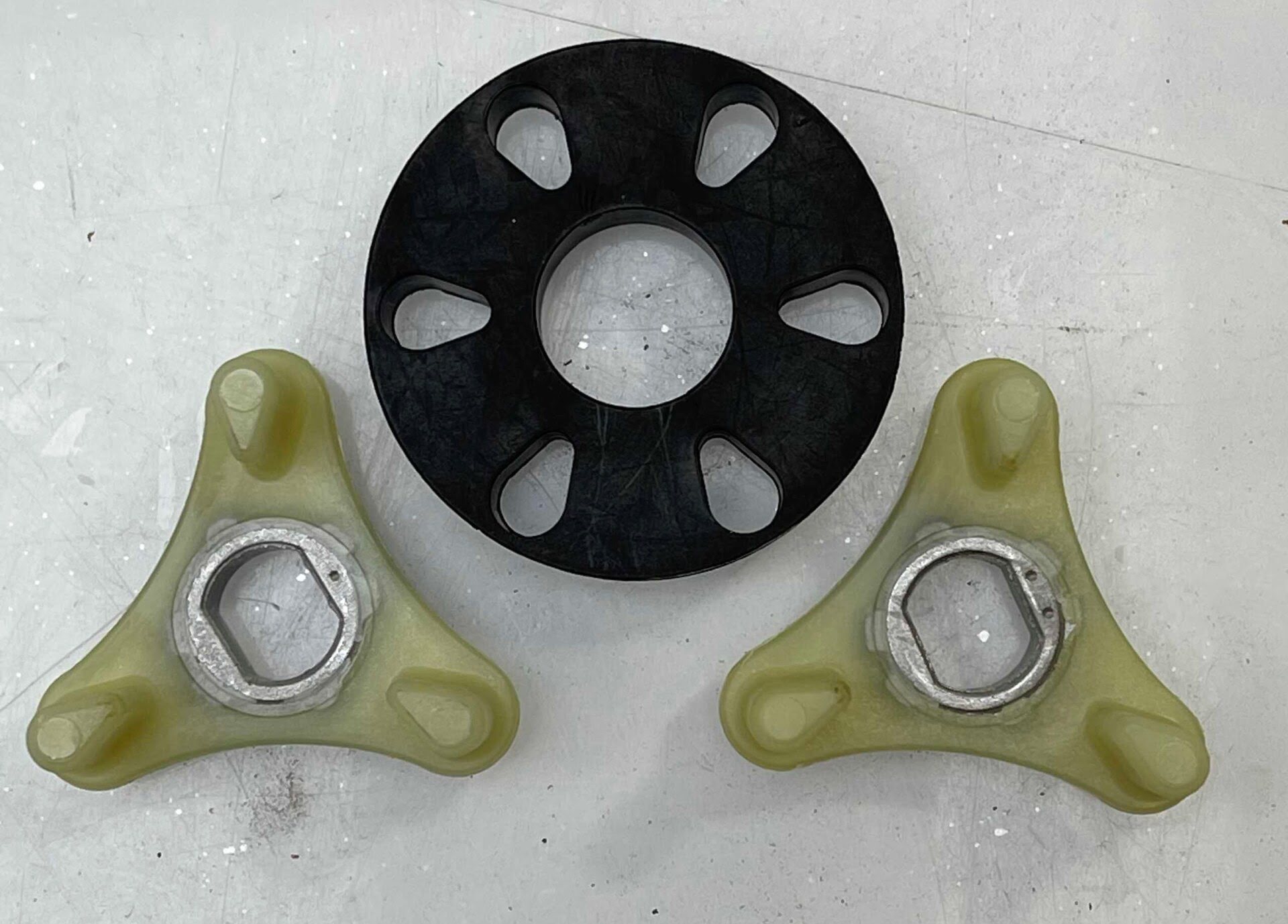

0 thoughts on “How Might An Electric Motor Be Used In A Washing Machine”